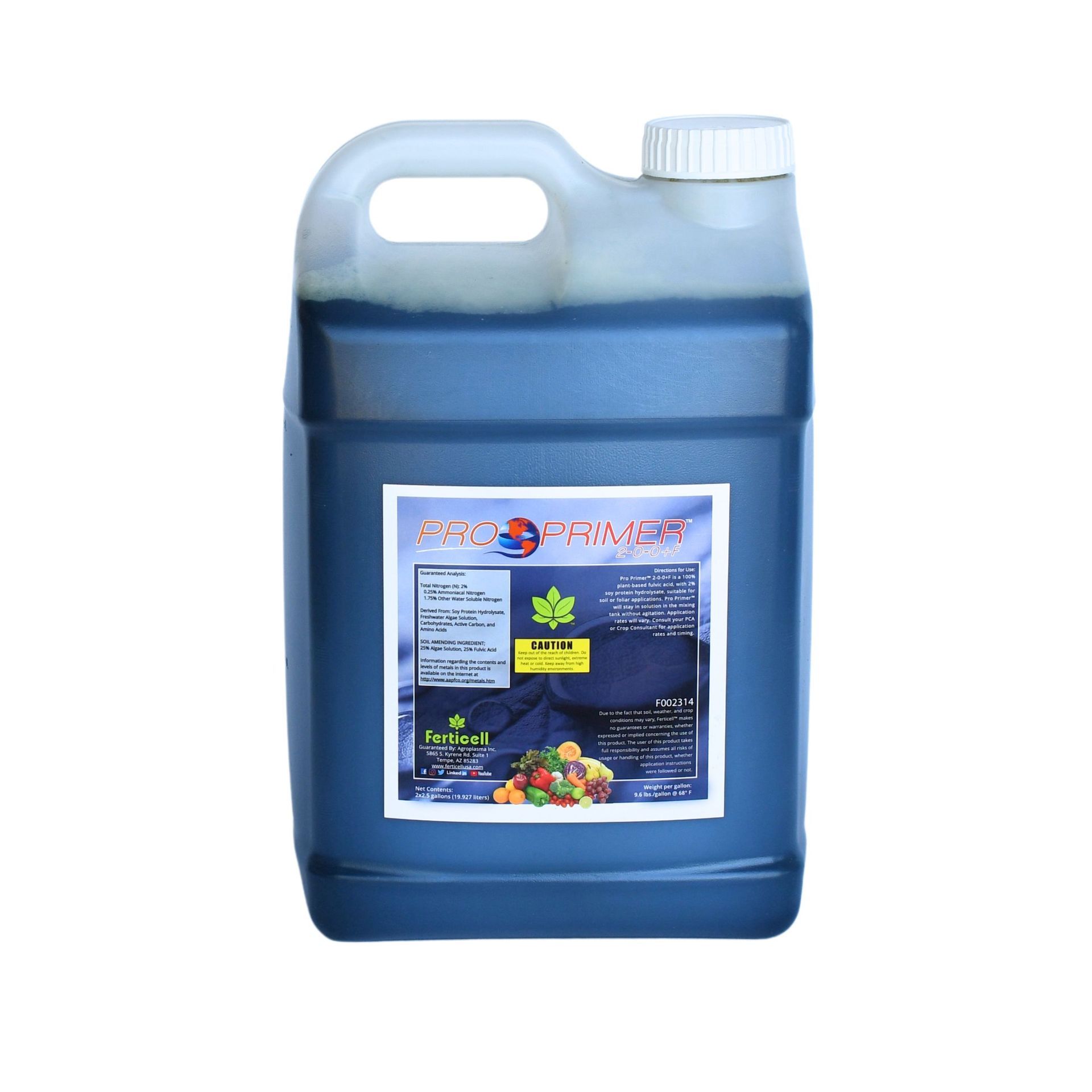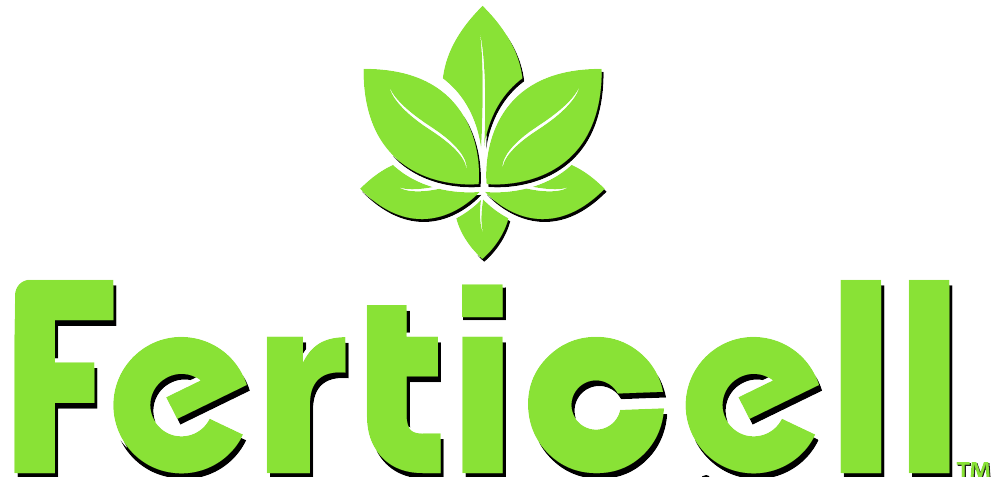PRO-PRIMER™
2-0-0

Organic Liquid Fulvic Acid for Soil Priming
Soil Priming, the process where new soil carbon accelerates the decomposition of existing carbon, is influenced by the addition of carbon and nitrogen. Pro Primer™ 2-0-0+F, a plant-based fulvic acid, exemplifies a solution for soil priming to enhance Soil Organic Matter (SOM) in post-harvest scenarios. Amino Acids (AA’s) in soil priming materials correlate with active gene transcription. Fulvic acid use in soil priming supports the efficiency of enhancers and promoters, including electron transport chains. This process is vital for assessing soil's role as a CO2 source or sink, with new organic matter input causing short-term accelerated microbial biomass turnover known as "Positive Apparent Priming."
1-4
QTS/ACRE
5.8
pH ±1
2.5 170 275
SHIPMENT SIZE GALLONS
Benefits
- Contains 17% Plant-Derived Carbon
- Organically chelate nutrients with a High CEC and chelation ability of over 500 meq.
- Carbohydrates are the most abundant class of organic compounds found in plants.
- Unlike synthetic chelators, fulvic acid chains can be absorbed right into the plant.
- Fulvic acids help to build biomass.
- Prevent insoluble or bound elements.
- Blends well with liquid starter fertilizers.
- A balanced nutritional supplement with soluble carbohydrates, Pro Primer™ complex and simple sugars are directly utilized by beneficial microorganisms.
- Under stress conditions, carbohydrate supplies are beneficial in providing the plant with needed fuel for continued growth.
- Pro Primer™ will enhance root zone bacterial activity.
- It will help seeds absorb more moisture leading to faster, more vigorous germination.

